

Dwardu’s Scoops
ST EDWARD’S COLLEGENEWSLETTER
Working towards positive outcomes
So, we arrive at the end of yet another scholastic year, and the finaledition ofDwardu’s Scoops.
Looking back over this newsletter is a reminder ofwhat an active bunch we are. Students, parents and staffhave allworked with one goalin mind – the creation ofan enriched, caring learning environment for our students.
Allthree groups do not always see eye to eye on allmatters, we bring different perspectives to the table, but listening (and hearing) what the other is saying will result in a positive outcome.
Thankfully in ninety-nine-pointnine percentof the times this is what happens!
ByNollaigMacAnBhaird, Headmaster

Being involved in education is one ofthe mostsatisfying and rewarding professions that there is. Having worked in different systems, and countries, what strikes me about working at St Edward’s College is the willingness of staffto go wellbeyond the ‘callofduty’. Pastoralcare seems to be embedded in the psyche of all staffmembers.
Ifyou read Dwardu’s Scoops carefully you will see this coming across in allsections.
Already Ihave been approached by members ofstaff suggesting projects for the coming year. Along with parents and naturally students, we will continue our drive to have yet another enriched academiclearning environment for all ofus.




A life well read is a life well lived

This is why, here at St Edward’s College we “start ‘em young”. In this readathon, we also encouraged children to dress up as their favourite characters. Children are, by nature ‘doers’ rather then ‘thinkers’ since their energy needs release. Which is why, an activity like a readathin needs to be rendered more appealing.
I guess, by looking at these pictures, we can say we managed!
ByStephanieGrech
Books are our portals to other worlds. Those sheets of paper, bound together with covers of varying shades and thicknesses, hold within them the secrets of different worlds and different lives. On a creative level they liberate us, enabling the reader to become, for a short while, a creature they are not: wizard, pirate, king, beggar. On an academic level, they enable us to express ourselves more eloquently, giving our expressions shades of meaning we would otherwise not have head.


Discovering the secrets of WW2
In Social Studies the Year 6 boys have been learning about World War II and how our ancestors suffered through such a harsh period. Even though the war was not long ago, the boys were interested on learning and visiting places related to this time.
ByRitienneButtigieg
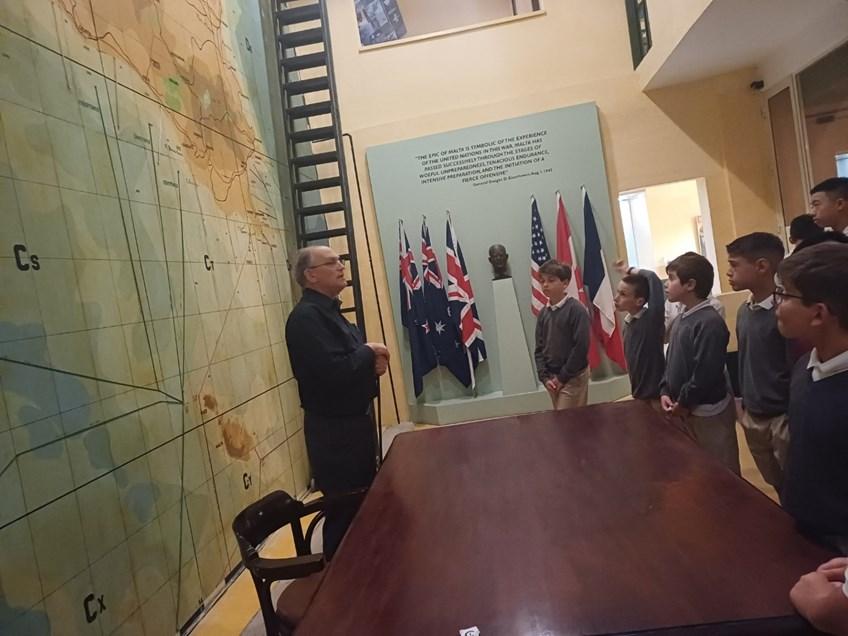
During a school outing at the Lascaris War Rooms in Valletta, the students got to see this place, located deep under the Upper Barracca Gardens. The Lascaris War Rooms were opened in May 1943a replacement for the old War Headquarters which had become too congested in time for the invasion of Sicily. The boys could observe how the rooms were restored and managed by Wirt Artna. Wirt Artna is a self-funding voluntary non-governmental organisation, which takes great pride in looking after this place.

The Lascaris War Rooms are the best conserved example of its kind in the world. It represents one of Malta’s best kept secrets from World War II. They form part of the former British Combined War Headquarters opened in 1940 in time for the World War II and closed in 1977, two years before the closure of the British military base. The place features a complete wartime British fighter control system consisting of a radar processing ‘Filter Room’. From this place, the British military successfully conducted the defence of the Maltese Islands and the war in the Mediterrean Sea. The boys were amazed how the British survived the war and about the significant information passed on inside this important place.
The place consists of vast tunnel excavated under 40m of bedrock as protection against aerial bombing. It is split into two levels and is divided into several chambers which accomodate five operation rooms, offices, communication stations, ventilation plant, self dormitories, crypto rooms and own power station! The boys enjoyed exploring the different rooms and the significance of each chamber throughout the WWII period. Wirt Artna informed us that they are still exploring the place so that the public can visit further rooms.
This was an interesting excursion where the boys got to know more on the war rooms, and how this place was significant for the British to win WWII. It was a trip that the boys willnever forget!
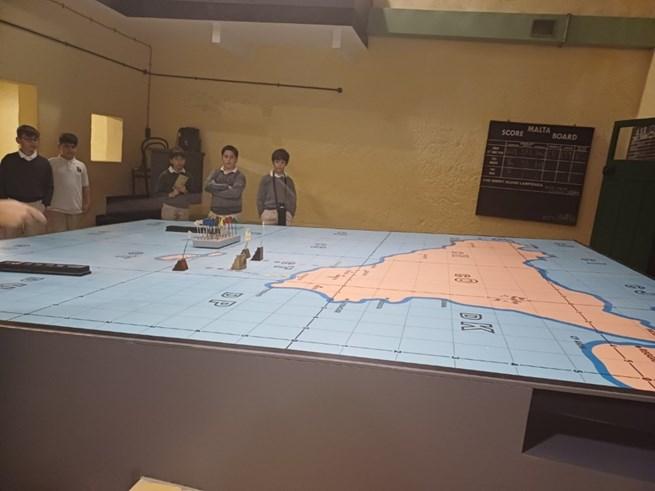
Off to the Shipyards!



On Tuesday 11th June the Year 1 pupils were treated to an outing to the Palumbo shipyard. Theyboarded a sightseeing train from school which took them on a scenic ride to the shipyard. When they got there, they were greeted by the Palumbo family whogave the children a tour of the shipyard. They also explained how some machinery works as well as how and where the boats are fixed.
The train then took the children to the Palumbo superyacht area where they watched a bubble show, had their faces painted, jumped on ajumping castle and used the games room. They wereeven entertained by a Flyboard rider who zoomed and flipped in and out of the water!
After a morning of entertainment and learning about what goes on in a shipyard, the traintook the children back to school. This was certainly anunforgettable morning for the children and we would like to thank Mr and Mrs Palumbo for the sponsorship and organisation inmaking this possible.



A Heritage in Laboratory work
Sloan Foster Yr 7Y writes:
Recently, a group of Year 7 and 8 boys went on an outing to the Heritage Malta Diagnostic Laboratories. This was our prize for winning the Science Fair. Wewereall very excited and eager to go, as we knew we would get to see things we had never seen before.
When we arrived at the lab, we weretold that the building we were in, was once a hospital and was even visited by Florence Nightingale. We then went into a section where they showed us how old paintings are restored, which was slow and careful work. The next room we wentinto, wewere shown how the pages of old books are restored and also how paper is made. In this room, they had also once restored a leather gun.


Next, we went into a section that was by far myfavourite, because it was full of machines. Therewas an X-ray machine and a lot of microscopes. The best thing of all was the electromicroscope,which definitely impressed me themost, as it was the first timeI’ve ever seen one. I really enjoyed this outing, becausewe had a great time, whilelearning and seeing loads of new things.

This year in thescience fair my group came second and had the chance to go on an outing to the Heritage Malta labs. Heritage Malta have three labs, therestoration room, the books and paper laboratory and a couple laboratories to examine and take a close look of things usingmicroscopes. Originally all the Heritage Malta labs were replaced by a hospital. In therestoration room theyrestore paintings by using the old methods they used to paint the paintings and painting over them tomake them look like they were painted nota long time ago. In the book and paper lab they restore oldbooks and some paintings, Co-OrdinatedbyRadkaZarkova
Noah Houghton Year 7X writes:
Time Travel
The boys have been deeply engaged in the fascinating topic of 'TimeTravel,' which we have been integrating across various subjects, including Maths, Maltese, and other areas of our curriculum. This interdisciplinary approach has allowed them to gain a comprehensive understanding of the concept of time. To enrich their learning experience, we initiated a special project: creating a time capsule.
The idea behind the timecapsule was to give the boys an opportunity to connect with their futureselves. Each student thoughtfully wrote a message to their future self, reflecting on their current thoughts, aspirations, and experiences. These messages were then carefully placed in the time capsule.
ByMariaGerada

As a collective activity, weselected a spot next to the Junior school playground for burying the time capsule. The boys took partin digging a hole and placing the capsule inside, which will remain there until they reach their final year of Junior school. The anticipation of reopening the time capsule and reading their messages years later added an element of excitement and wonder to the project.
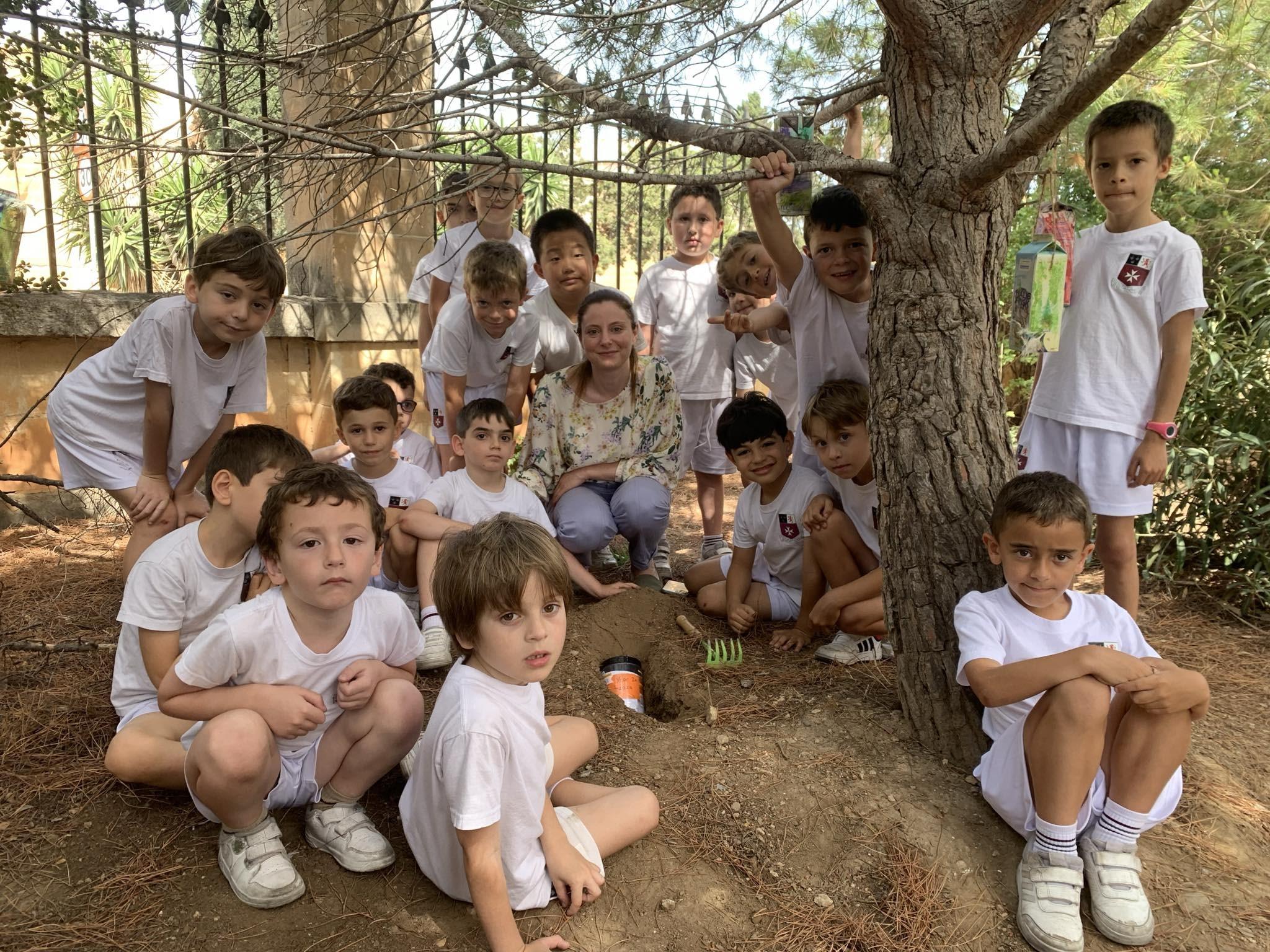
This hands-on, collaborative experience was not only enjoyable for the boys but also served as avaluable lesson inreflecting on personal growth and the passage of time. The students showed great enthusiasm and engagement throughout the project, making it a memorable and meaningful part of their educational journey.
sometimes the books are beyond repair they don’t manage to fix itbut when only the binder is needing of repair, whichis usually because of ants eating the book. The binder is possibleto repair and even when the pages aren’t badly damaged, they can be repaired. The labs ofinspection have a lot of expensive equipment such as microscopes which can zoom in morethan 100,000 times which is way more than a regular microscope which can only zoom in400 times. Some of the microscopes cost upwards of ten thousand euros. The equipment in the lab cost around a million euros and costs a hundred thousand euros to maintainper year. I learnt alot of new things like, how theyrestore books and paintings. I saw alot of expensive equipment was

Democratic recognition


As a run-up to the Eu Parliamentary elections, our students were kept informed of the democratic process and how this works through material supplied by the EU Representation in Malta through an initiative undertaken by the head of Extra-Curricular Activities, Ms Samantha Abela. The initiative was appreciated by the EU Parliament but more so by the students themselves who flocked to the information stand set up. We are now an Ambassador School for the EU Parliament.
An experience of living away from home
AyrtonSennaSpiteri
For 36 enthusiastic Year 5 students, the recent live-in at school marked a significant milestone. For most, it was the first time they had ever slept away from home in a school setting, making the experience both exciting and a little daunting. As the students arrived with their bags packed and sleeping gear in tow, the atmosphere was buzzing with excitement and a hint of nervousness. Their adventure was packed with activities, bonding opportunities, and a sprinkle of free time, ensuring a memorable experience for all.
The students participated in a range of sports activities, including handball, basketball, and football, which kept them active and fostered teamwork. The Jurassic World Experience transported them back in time. Evenings were rounded off with a thrilling game of cops and robbers, which added an element of playful excitement to the mix and cozy movie night, providing arelaxing endto the action-packed days.
One of the most talked-about activities was the Jurassic World Experience. This immersive event transported the students back in time to the age of dinosaurs. With interactive displays, engaging storytelling and a 5D experience, the students were captivated. They learned about different dinosaur species, their habitats, and the science of palaeontology in a fun and interactive way.
As the experience drew to a close, the students gathered to reflect on their experiences. Many shared that the live-in had surpassed their expectations, leaving them with fond memories and a sense of accomplishment. For most, this was their first taste of independence and communal living, an experience that will undoubtedly stay with them for years to come.

“This week, from the 29th to the 31st of May, many of the Year 5 boys joined the live-in. The live-in was an amazing experience, because it included a lot of fun games and outings. We were lucky enough to go to the Jurassic Experience in Valletta, which was really cool and we all enjoyed it very much. In the evenings after dinner, we played Cops and Robbers, and also had a movie night. It was awesome getting to spend time with your friends, and learning how to be moreindependent.”
I really enjoyedit!
Tatum Foster 5X
“I found the live-in experience to be exceptional, with the highlight being the game of Cops and Robbers. Playing it at night added an exciting and thrilling dimension that made the experience truly memorable. I thoroughly enjoyed this activity and sincerely hope we can have the opportunity to do it again next year.
Justin


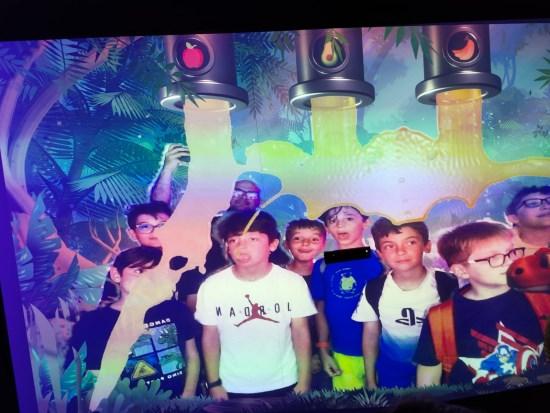

“Last week there was the year 5 live-in, when over 30 year 5 boys spent 2 night at school and had the opportunity to spend time together, eat delicious meals in the school kitchen with friends and teachers, play games after darkon the school grounds and sleep at school on bunk beds!
I really enjoyed the activities: the sports, playing cops and robbers in the dark and our visit to the Jurassic Park Adventure in Valletta. However I got a little home sick on the second night, but the teachers reassured me that everything was going to be ok. I really enjoyed the live-in and I thank the teachers and staff for taking care of us.”
Max Cassar Torreggiani
Ecological observation on a heritage trail
ThisSetteGiugno, our students passed their public holiday morning in amoreinteresting and fun way than most. Students from different year groups went on their sixth heritage trail, provided by the College, incollaborationwith Heritage Malta, to the coastal environments of Bahar ic-Caghaq. The students conducted fieldwork, which included scientific methodologies and data recording, to learn and understand the biotic and abiotic factors of a typical Malteserocky coastline. Students organized themselves in three groups and, withthe guidance of the Heritage Malta instructors started conducting their fieldwork. A fourmetre piece of string and a 50x50 quadrant were given to each group to systematically record whattype of animals or plants they encounter in the quadrant. These observations had to be done along the line transect for about five times. Each student in his group had an assigned rolesuch as a photographer, data recorder, quadrant holder and line transect holder.

ByDeanGaleaPellicano



Student observed fauna such as barnacles, sea lice and lichen, and had to record, sketch and photograph their finds in a field notes pack provided to them by their instructors. After they collected the data, the students were asked to observe their surroundings, and told that their ears should also be employedin such observations, in which it became obvious that three different bird species were chirpingright next to site,which had gone unnoticed due to the ongoing student industrious activity. Due to the summer sun’s strength and approaching lunch time, the fieldwork was concluded slightly earlier than intended, leaving time for the students to enjoy an iced treat by the seaside, ending a fun, and highly educational, morning.

A look at the Garden

ByBrandonGerada

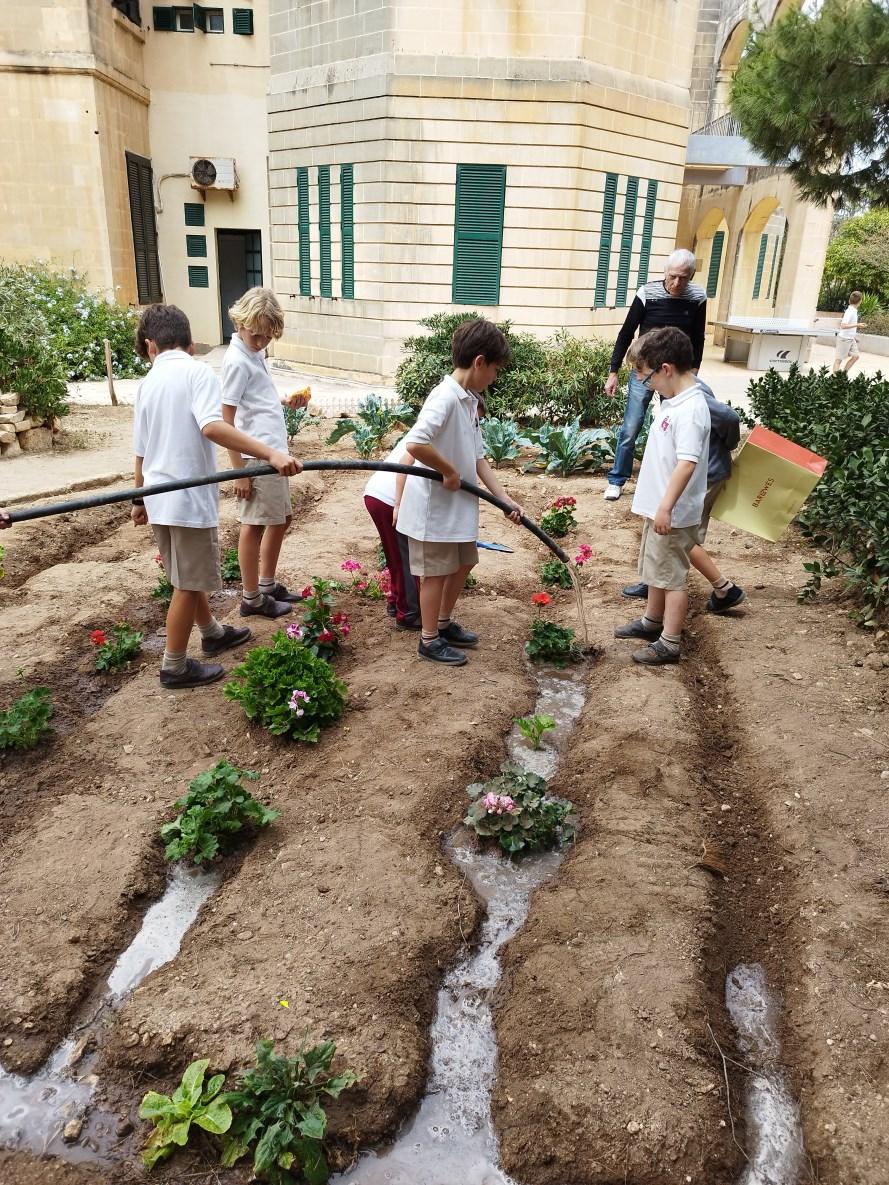


A great collaboration with Heritage Malta
BySamanthaAbela
Over the past year, St. Edward’s College has forged a remarkable partnership with Heritage Malta, demonstrating our shared commitment toenriching student education and fostering a deep appreciation for Maltese heritage. This collaboration has transcended the typical sitevisit, engaging students ininnovative and immersive learning experiences.
Central to our partnership has been the close collaboration with HeritageMalta’s educational and outreach office, alongside various site curators, educators, and diagnostic lab personnel. Together, we have crafted a range of educational opportunities designedto bring history and culture to lifefor our students.
One of our key initiatives has been the promotion of the Student Passportprogram, encouraging students to explore and learnabout different heritage sites across Malta. Additionally, students have participated in the unique 'Monitoring Nature' program duringholiday periods, which has provided hands-on experiences in environmental monitoring and conservation.
Incorporating heritage education into our curriculum, we included Heritage Malta activities in our Summer Camp program in 2023, and we plan to continue this integration in Summer 2024. Heritage Malta's involvement also extended to our Middle School science fair, where their personnel served as judges, bringing valuable expertise and insights to the event.

Our collaboration has seen numerous educational outings led by teachers from early years to the IB program, all benefiting from visits tovarious Heritage Maltasites. These outings have enriched our students’ understanding of Malta’s cultural and historical landscape, fostering a sense of pride andresponsibility towards its preservation.
History through artistic expression
When students hear of an SBA or atask or a project, the first thing you hear in a class is usually avery long sigh. Students tend to associate this withlengthy writing exercises, long browsing hours and than the dreading ‘writingin your own words’ part. If you arealso an academic, you might also ask them to throw in a couple ofreferences to inform you where they obtained the information. A wrong misconception is to quote ‘Google’ as a reference and many rely on ‘Wikipedia’, yet as students grow older and are taught what are the best practices, slowly, slowy they ease out of it.

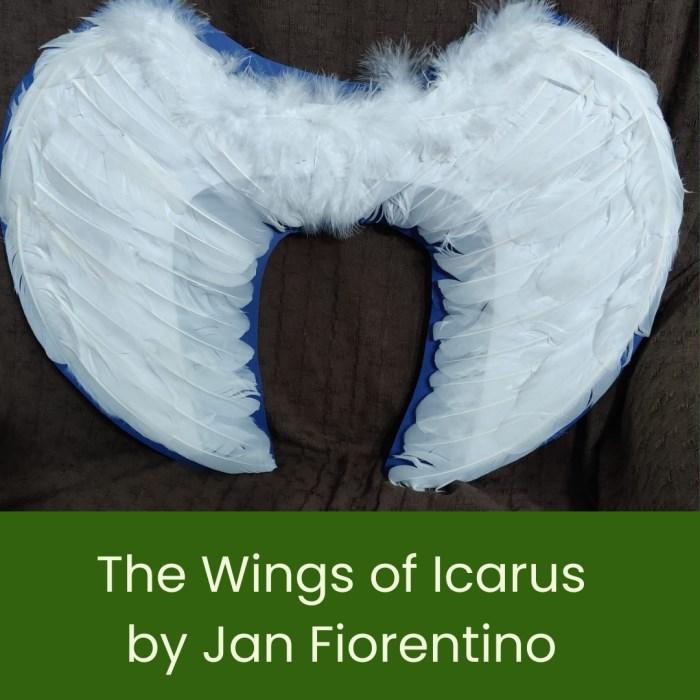
Every year, I like to assign various projects to mystudents. I give feedback to each one of them individually byhand and even on our platform MySchool. This feedback helps them to improve from one time toanother. Since correcting projects can be as tedious as actually doing one, I do try to come up with more ‘out-of-the-box’ concepts for my students. Time is an issue, and I can’t expect a tonne of work that will be worth a smallish percentage, eventually, of the global assessment. Having said that, I like to let them also be ‘free’ and make their own choices. Thus students of different abilities can shine in their own way.
Integrating creativity into academicprojects, such as investigating Greek myths through various expressive mediums, significantly enhances long-term learning. This has been the case for my Year 7students. By allowingstudents to explore their knowledge through informative PowerPoints, charts, drawings, and models, I helped them foster a deeper connection to the medium they choose and the myth. Creative expression engages different cognitive processes, making informationmore memorable and meaningful. This approach also encourages critical thinking and personal

SamanthaAbela
investment inthe subject matter. When students construct models or illustrate scenes from myths, they are actively interpretingand internalizing the narratives, which promotes a more profound and enduring understanding. Such practices cultivate a love for learning and help students develop a multifaceted appreciation for history and storytelling, skills that are invaluable throughout their educational journey and beyond.
I am proud of all my students who have, through out the years, impressedme with their skills. From the Castles of the Year 8s, to Hannibal’s battle tactics; this timeI wished to highlight some work produced by the current 7X and 7Y students. Well done to all!


This Father’s Day...

To celebrate this fruitful collaboration, we recently hosted a visitfor Heritage Malta personnel who have worked closely with us. Guided by Mr. GaleaPellicano, they toured our college grounds, learning about its historical significance, including its role as a hospital during WWI. The visitalso highlighted the ongoing efforts by the school to preserve its richEdwardian traditions and history.
Heritage Malta's appreciation for our efforts to maintain and celebrate thecollege’s legacy was evident, and this mutual respect has strengthened our partnership. We are eager to continue our collaboration, exploring new ways to integrate heritage education into our programs and inspirea lasting sense of pride and stewardship in our students.
In conclusion, the partnership between St. Edward’s College and HeritageMalta has been a testament to the power of collaborationin education. By working together, we have created meaningful and impactful learning experiences that go beyond the classroom, fostering a deeper connection to Malta’s rich heritage. We look forward to continuing this journey, enriching our students' education, and promoting the posterity of Malta's cultural treasures.

First Holy Communion 2024
A day to remember, friendships to cherish, values to uphold.
First Sunday in June we celebrated the Year 2 boys as they embarked ontheir spiritual journey and received their firstHoly Communion. The magical day is tailored to create an intimate and special experience, one that solely revolves around the boys. This is their special day, and this is exactly what yesterday was from morning to evening. Thank you to all the educators involved increating such a wonderful day, and to the parents who all assisted in making it sospecial.

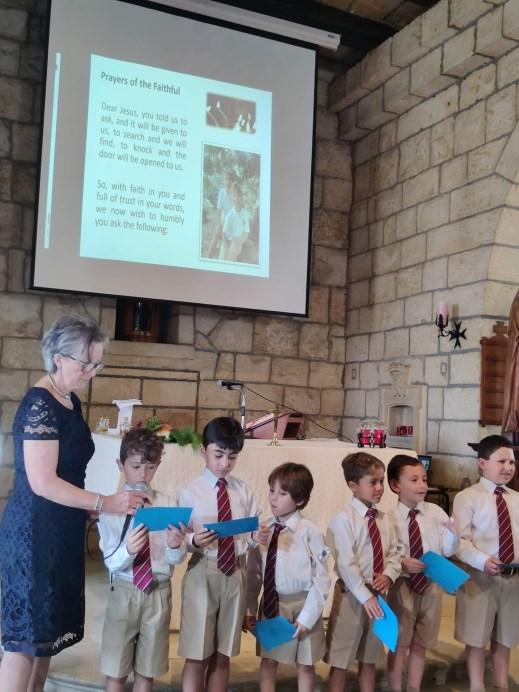


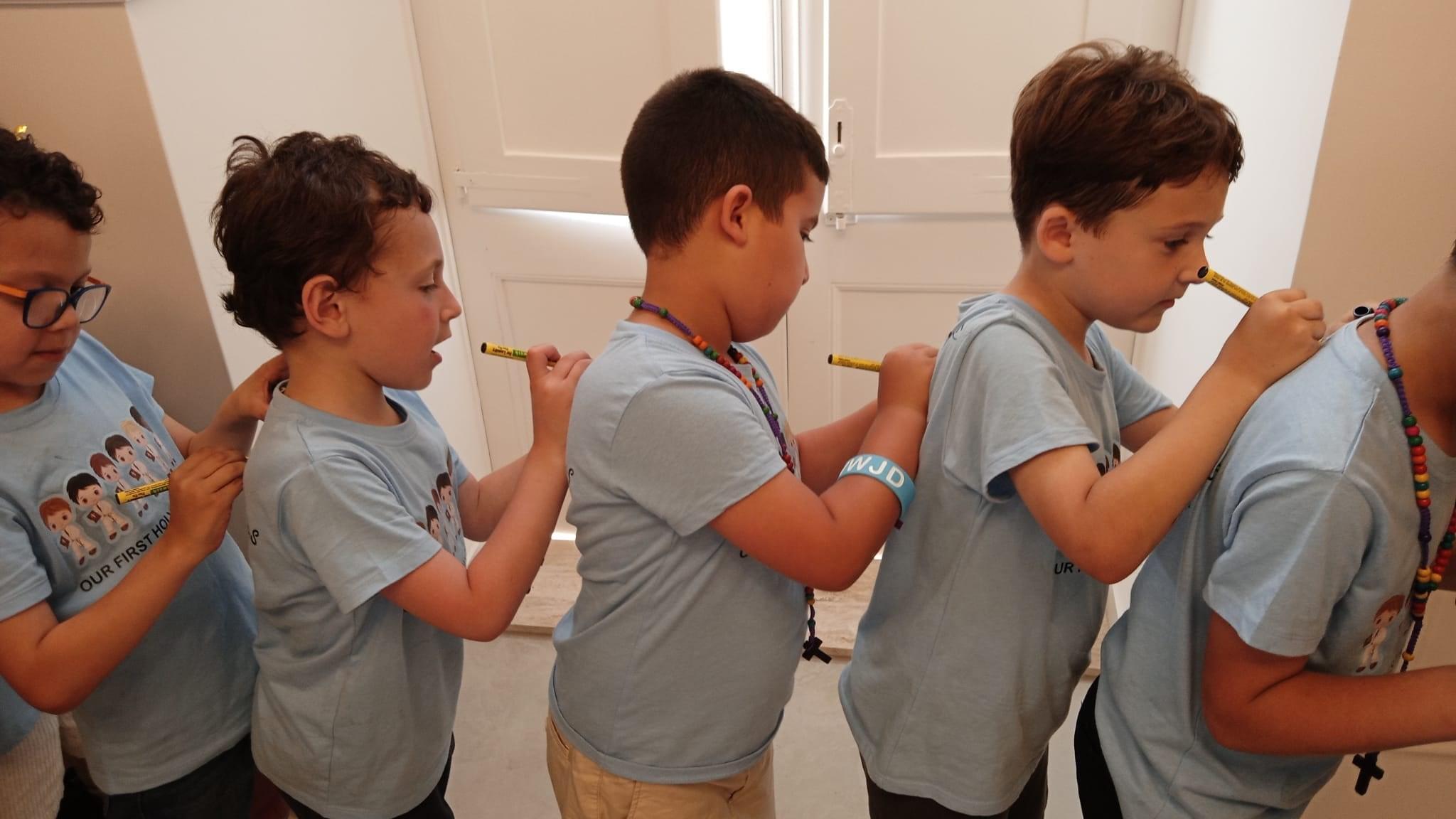
Synthesizing Art and Music
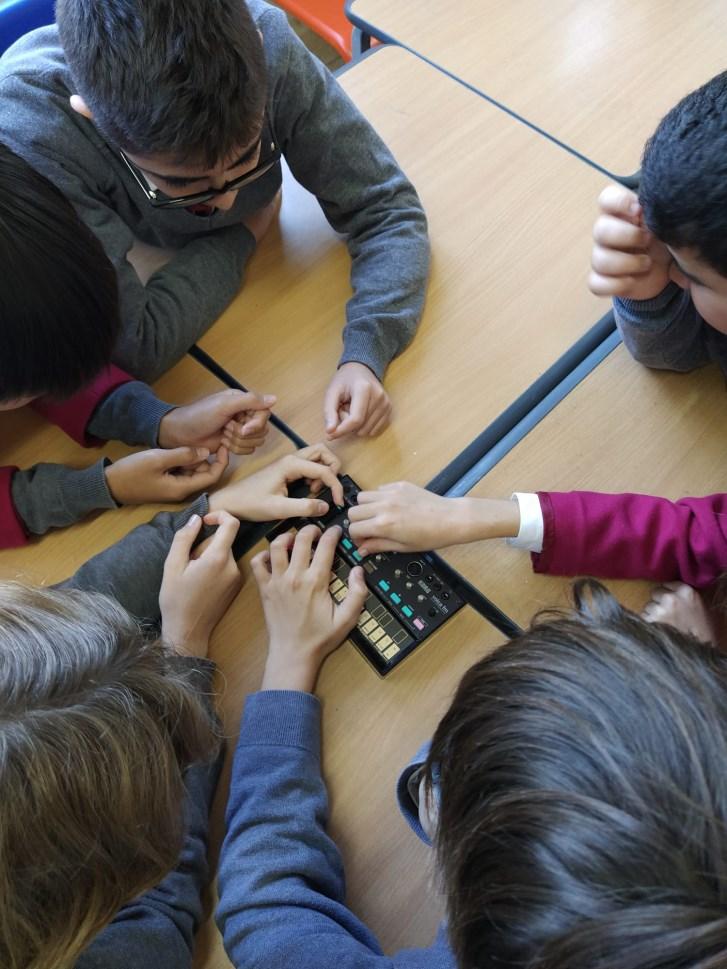
ByIanStilonandRyanFalzon
This academic year, we included a creative initiative at college, which involved collaborating with an outside NGO called Electronic Music Malta as well as being funded by Arts Council Malta which provided the students with knowledge on how to use digital components tocombine audio and visuals This was completed over several weeks and done with the years 7 and 8. During the first few,various instructors visited the school to conduct workshops covering subjects that included the background of electronic music, music creation, and how to write a song on a digital device. This was intriguing since it showed the children how to make music digitally withjust a fewsimple tools, which was incrediblybeneficial to them. In the subsequent section of the creative workshops, a facilitator demonstrated and assisted thestudents in using digital tools to produce graphics for music. This portion of the project was educational since theworkshop instructor covered several techniques for producing digital images by combiningvarious media. All of these seminars served as a warm-up for the students' ultimate project, which required them to combine their artistic talents to produce a group video using audio and visuals. Initially, all the students weredivided into diverse groups of 5, ensuring a mix of different students' abilities. Each group began with a brainstorming session to conceptualize their performance, exploring various themes, emotions, and innovative concepts. This phase encouraged bold experimentation and a free flow of creative ideas. Following this, the groups embarked on audio composition, blending recorded sounds, musical instruments, and digital manipulation to craft unique auditory experiences through digital means. Concurrently, they started to develop visual elements, including live-action




Junior School Graduation
sequences, animations, and manipulated footage, designed to enhance the emotional impact of their audio work.
The integration and synchronizationphase saw the students meticulously aligning their audio and visual components, experimenting withtransitions, effects, and overlays to ensure a seamless and dynamic performance. They dedicated time to formulating and editing the project, providing andreceiving constructive feedback to refine their work, and ensuring it was polished and impactful. The culmination of their efforts was finallya presentation of their 5-minute audio-visual performances to the class or alarger audience, delivered either live or through pre-recorded videos. This project, not only encouraged collaboration and creative expression but also deepened the participants' understanding of the interplay between different art forms, resulting in aseries of captivating performances that showcased the students' collective talent and imagination.


What a proud moment this is! Our very own Olive Oil: trees nurtured, fruit picked, pressed, bottled, labelled, and finallypresented to a very chuffed Headmaster. Whilethis may not be the most traditional of approaches, such learning activities, normally carriedout during break times, often bear lasting fruit and memories that ripen with age. Thank you goes to all the teachers and students who participated in this activity: Ms Malani, Ms Mintoff, Ms Said and Ms Wilkinson

St Edward’s College
Malta
Triq SanDwardu
BirguBRG 9039
Citta Vittoriosa
Phone:+35627 881199
Editor:Sylvana Debono
Email:communications@stedwards.edu.mt
Founded in 1929, St Edward’s College is an all-boys college for both day and boarding students. Boarding is offered between the ages of 11 to 18. At nursery and kindergarten as well as at post-secondary level, the college is co-educational. As a private educational college, St Edwards offers excellent teaching facilities, high teacher-pupil ratio, a very wide range of sports facilities and scrupulous personal attention to the students.
At St Edward’s College, students receive a well rounded education ending up in the IB Diploma. Most of the students go on to study at world class universities. Our top students are leaders in society ranging from Science and Business to traditional professions and the arts. Most Edwardians retain a love and appreciation of sports throughout their lives.



